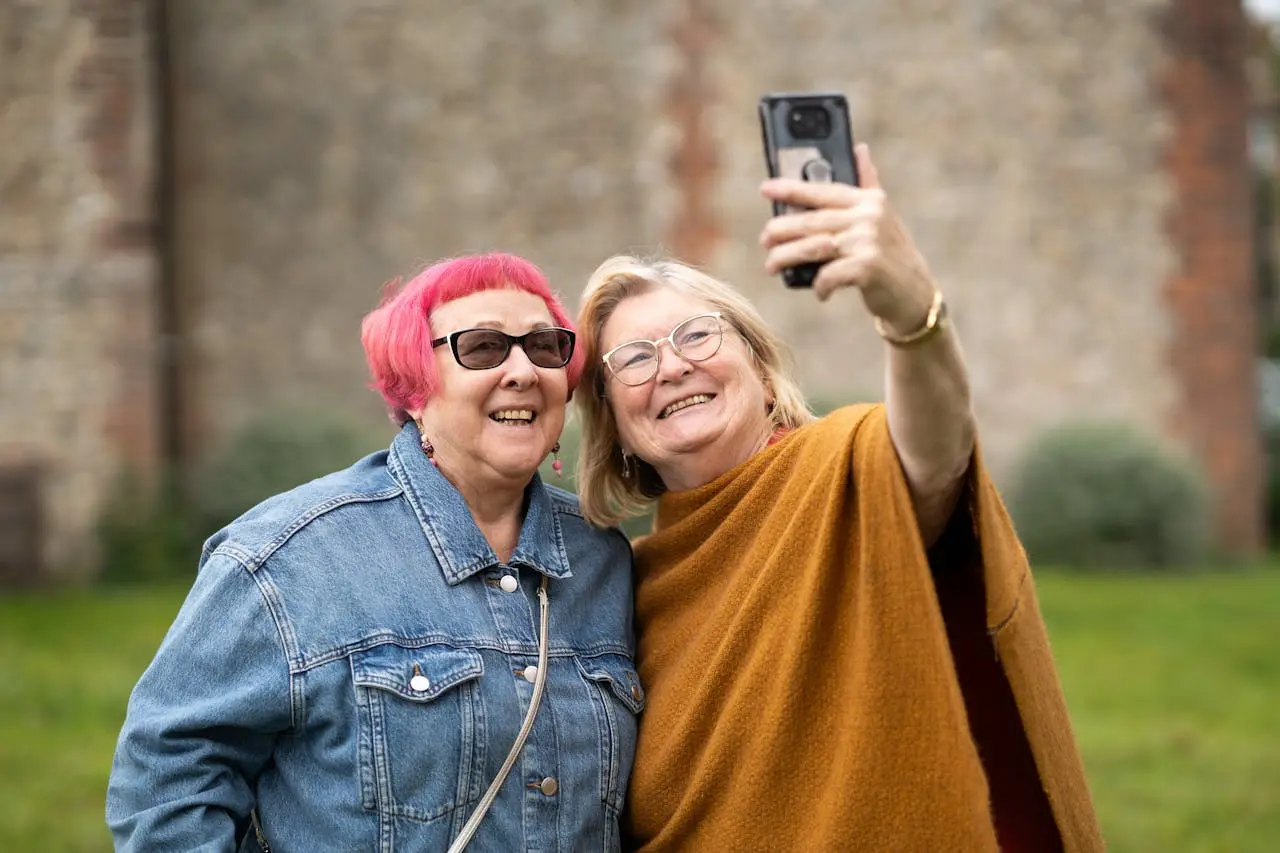You don’t need a new life to feel alive again. You just need to start noticing the one you already have. Zest isn’t about high energy, constant happiness, or endless motivation. It’s about re-engagement. When life feels flat, the answer isn’t to do more; it’s to do differently. To notice. To act. To feel. To reflect. That’s the heart of Zest for Life.
What Zest Really Means
Zest is often misunderstood as enthusiasm. It’s not. It’s presence. It’s the state of being emotionally awake and attuned to the simple signals that say, “I’m here, I’m part of this, I care.”
You don’t have to fix your whole life to reclaim zest.
You just have to reconnect to the micro-moments that make life vivid again like movement, colour, laughter, warmth, curiosity, light.
“Zest isn’t a mood. It’s a practice of attention.”
The Zest Loop
Every spark of aliveness follows the same simple rhythm:
Notice → Do → Feel → Reflect
Notice what’s really happening and not what’s missing.
Do something small and deliberate.
Feel how that action shifts your energy.
Reflect so your system remembers.
This loop turns awareness into renewal. Each time you complete it, your body learns that energy is rebuildable.
That’s how zest grows, through repetition, not revelation.
What Zest Isn’t
It isn’t permanent excitement.
It isn’t the absence of struggle.
And it isn’t about pretending everything’s fine.
Zest lives comfortably beside tiredness, sadness, even doubt. It simply refuses to let those states define the whole picture.
It keeps you participating, even when life feels uncertain. When motivation disappears and positivity feels false, zest remains steady, grounded, and real.
The Science of Aliveness
Every act of attention rewires the brain.
When you focus on sensory detail like the warmth of tea, the colour of a sunrise, the sound of laughter and you activate neural networks linked to safety and reward.
Dopamine rises, cortisol lowers, oxytocin strengthens connection.
You literally teach your nervous system that life is still worth engaging with.
That’s why zest isn’t fragile; it’s physiological.
Zest doesn’t ignore difficulty.
It simply ensures difficulty doesn’t consume your awareness entirely.
Daily Ways to Practise Zest
Start with the body.
Movement creates emotion faster than thought.
Use micro-sparks.
Tiny joys like a sound, a scent, a colour can reset your mood throughout the day.
Add novelty.
Change something small. The brain loves difference.
Protect recovery.
Rest isn’t the opposite of zest; it’s what allows it.
Reflect each night.
Ask, “When did I feel most alive today?” and name one moment.
Zest grows quietly through consistency.
The more you practise it, the more natural it becomes.
Why Zest for Life Matters
Many of us reach a point where life looks fine on the outside but feels dull on the inside.
We have done the sensible things like built routines, stayed responsible, but somewhere along the way, we stopped feeling the moments we’re living.
Zest returns you to that feeling. It reintroduces awe into the ordinary, curiosity into routine, and warmth into effort. It’s not about reinventing yourself - it’s about re-entering your life with full attention.
“Zest gives structure its soul.”
Reflection Prompts
What makes me feel most alive and how often do I allow it?
When did I last feel fully present in my own day?
What routines have become automatic instead of alive?
Where could I add one spark of novelty this week?
How can I use reflection to keep aliveness steady rather than fleeting?
A 7-Day Zest Reset
Try one small focus per day:
Notice: Catch one thing that sparks curiosity.
Move: Take one deliberate physical action.
Feel: Pause to sense how it changes your energy.
Reflect: Name what worked.
Repeat: Revisit the action that lifted you.
Rest: Allow recovery without guilt.
Appreciate: End the week by naming what feels alive again.
This simple reset reawakens both body and attention which are the core ingredients of zest.
Reflection
Zest doesn’t make life perfect. It makes it participatory.
It reminds you that even when things are uncertain or heavy, you can still feel light in small ways.
It turns existence back into experience.
You don’t need a grand reinvention.
You just need to begin noticing, doing, feeling, and reflecting again.
“Zest for Life isn’t about adding more.
It’s about bringing yourself fully to what’s already here.”


